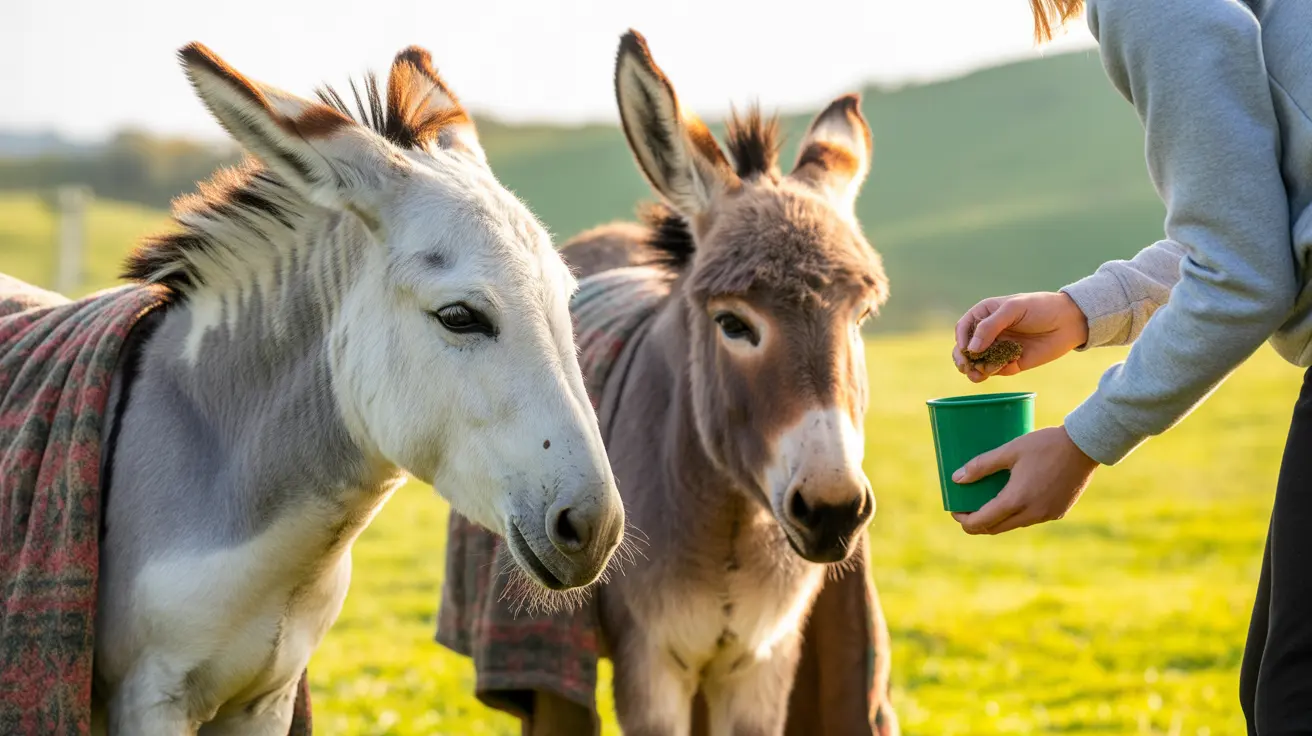Which Berries Are Poisonous to Cats? A Guide for Pet Owners
Berries are common in many gardens and parks, but not all of them are safe for pets. If you’re a cat owner, it’s crucial to understand which berries can be toxic to felines. While some fruits are harmless or even healthy in small amounts, others can cause serious health problems in cats. This guide outlines the most dangerous berries for cats and what symptoms to watch for if ingestion occurs.
1. Holly Berries
Holly berries are often used as festive decorations, especially during winter holidays. However, they contain compounds like saponins, which are toxic to cats.
- Symptoms: Vomiting, diarrhea, drooling, and lethargy
- Toxic parts: Berries and leaves
2. Mistletoe Berries
Mistletoe is another holiday plant that’s highly toxic to cats. The berries contain viscotoxin and lectins, which can severely impact a cat’s health when ingested.
- Symptoms: Vomiting, diarrhea, difficulty breathing, slowed heart rate, and even seizures
- Toxic parts: Berries, leaves, and stems
3. Yew Berries
Yew plants contain taxine alkaloids in their berries, needles, and bark. These alkaloids are highly toxic and can be fatal even in small doses.
- Symptoms: Drooling, difficulty breathing, vomiting, seizures, heart failure
- Toxic parts: Entire plant, especially the red berries
4. Cherry Berries
While cats may be curious about cherries, the pits, stems, and leaves of cherry plants contain cyanogenic glycosides, which can convert to cyanide within the body.
- Symptoms: Dilated pupils, difficulty breathing, red gums, and shock
- Toxic parts: Pits, stems, and leaves
5. Elderberries
Elderberries in their raw form are not safe for cats. They contain cyanogenic glycosides that can lead to toxicity. Cooking may reduce toxic compounds, but it's best to avoid them entirely for cats.
- Symptoms: Vomiting, diarrhea, cyanosis, and seizures
- Toxic parts: Raw berries, leaves, and stems
6. Pokeweed Berries
Pokeweed produces shiny purple berries that might seem attractive but are highly toxic to cats and other pets.
- Symptoms: Severe gastrointestinal distress such as vomiting and diarrhea
- Toxic parts: All parts, especially berries and roots
Why Berries Are Dangerous to Cats
Cats are obligate carnivores with sensitive digestive systems. Unlike dogs or humans, they lack certain liver enzymes required to process plant-based toxins. Many berries contain alkaloids, glycosides, and saponins, which can affect the nervous, digestive, and cardiovascular systems of your feline friend.
What to Do If Your Cat Eats Poisonous Berries
- Remove Access: Immediately take away any remaining berries.
- Check for Symptoms: Watch for vomiting, diarrhea, or changes in behavior.
- Call a Veterinarian: Contact your vet or a pet poison helpline.
- Don’t Induce Vomiting: Do not try home remedies without guidance.
Safe Alternatives for Cats
Instead of offering wild or unknown berries, provide your cat with safe treats. While most cats don’t require fruit in their diet, some may enjoy small pieces of blueberries, watermelon (seedless), or cantaloupe in moderation.
Final Thoughts
Being informed about which berries are toxic to cats can help prevent accidental poisoning. Keep these plants out of reach and ensure that your living environment is feline-friendly. When in doubt, always consult your veterinarian before introducing any new plant or fruit to your cat's diet.





